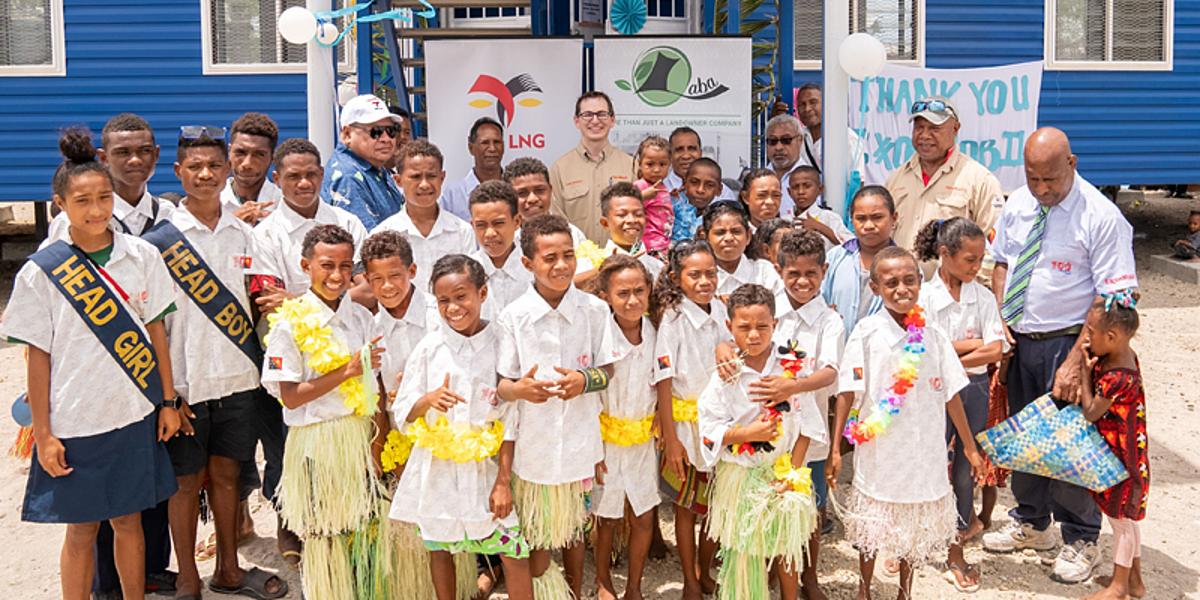Photo credit: Adyton Resources
Adyton Resources Corporation is pleased to report that its recent preliminary metallurgical test work program performed by leading Australian metallurgy company Core Metallurgy Pty Ltd confirmed that ROM (‘run of mine”) ore samples from the Gameta deposit upgraded well using a limited range of conditions and produced a concentrate assay of 22.3 g/t Au and 32.9 g/t Ag with recoveries of 86.9% Au and 84.6% Ag.
Due to sample size limitations and the preliminary nature of the test work program, these results should be considered unoptimized with further test work required to optimize reagent conditions and further improve recoveries and grades.
Test work program overview – Three representative 30kg samples from crushed reject were initially selected representing the three main ore types, namely silica-rich ore, clay-rich ore, and footwall (quartz vein) mineralisation. Additional test work was subsequently completed on an additional 22kg of fresh-core samples to ensure that the test work mirrored as close as possible expected plant-feed ore.
Testing on the fresh core covered crushing, homogenisation, fire assay and ICP scan, indicative Leachwell extraction and flotation with a cleaner stage to produce a marketable concentrate. Results confirmed that flotation is the most suitable commercial method of gold recovery, producing a concentrate for sale to third parties or treated on-site using a suitable oxidative method.
Managing Director Tim Crossley said, “we are pleased with the outcomes of this preliminary test work which showed high recoveries of both gold and silver in concentrate which paves the way for a low capital, simple processing flow sheet of crush, grind and float to produce a saleable concentrate for sale to third party processors”, Mr Crossley went on to say “that with further optimization work we are confident that significantly higher gold concentrate grades may be achieved”
Next Steps – further test work will focus on Pre-Feasibility Study (PFS) level studies on fresh drill core samples, examining both comminution (crushing and grinding) and flotation to optimise conditions and further improve metallurgical performance. Flotation optimisation will be carried out on blended composites, variability test work, and comminution for ball-mill sizing.
2021 Drill Program:
The thirty-eight-hole diamond drilling program at the Gameta Project carried out in March until August 2021 was designed to test the continuity of mineralisation and to increase confidence in historical assay results within the inferred resource envelope from drilling conducted in the mid-1990’s.
The drilling was focused on the northern third (“the northern ore zone”) of the known resources with a strike extent of over 700m being tested (note the resource zone itself occurs over a strike interval of 2,000m).
Testing targeted the shallower open-pitable material, with drilling generally less than 120m and aimed to provide confirmatory data to support the results from historical RC drilling programs ahead of a resource upgrade which occurred in Q3 2021.
Some extensional drilling was also part of the program, testing below, down dip and along strike from known resources, this work confirmed the resource was open both down dip and along strike.
2022 Metallurgical Program:
Several samples were selected for the 2022 preliminary metallurgical test-work program as reported in this announcement.
Adyton approached Core Metallurgy to provide test work on three coarse reject samples and metallurgical development support. The primary goal of the initial works was to establish whether all the ore types are amendable to flotation with a potential flowsheet option being to produce a saleable concentrate. The work programme will also confirm whether the ores are of a refractory nature and what flowsheet options may be applicable for the deposit.
Article courtesy of Adyton Resources










